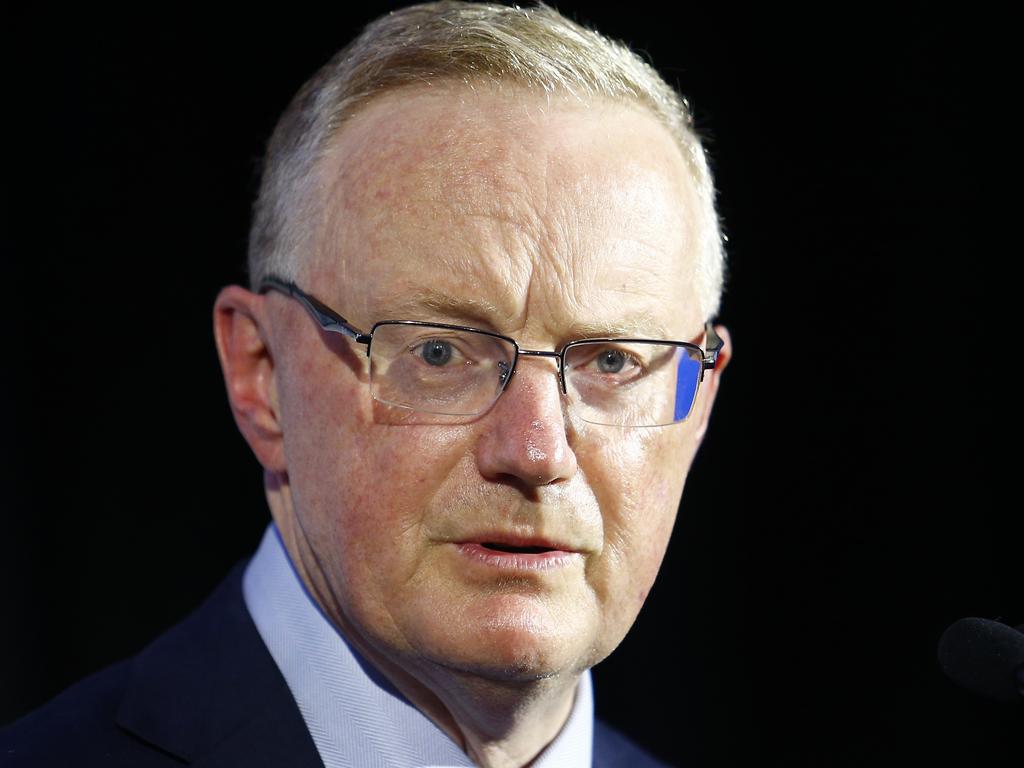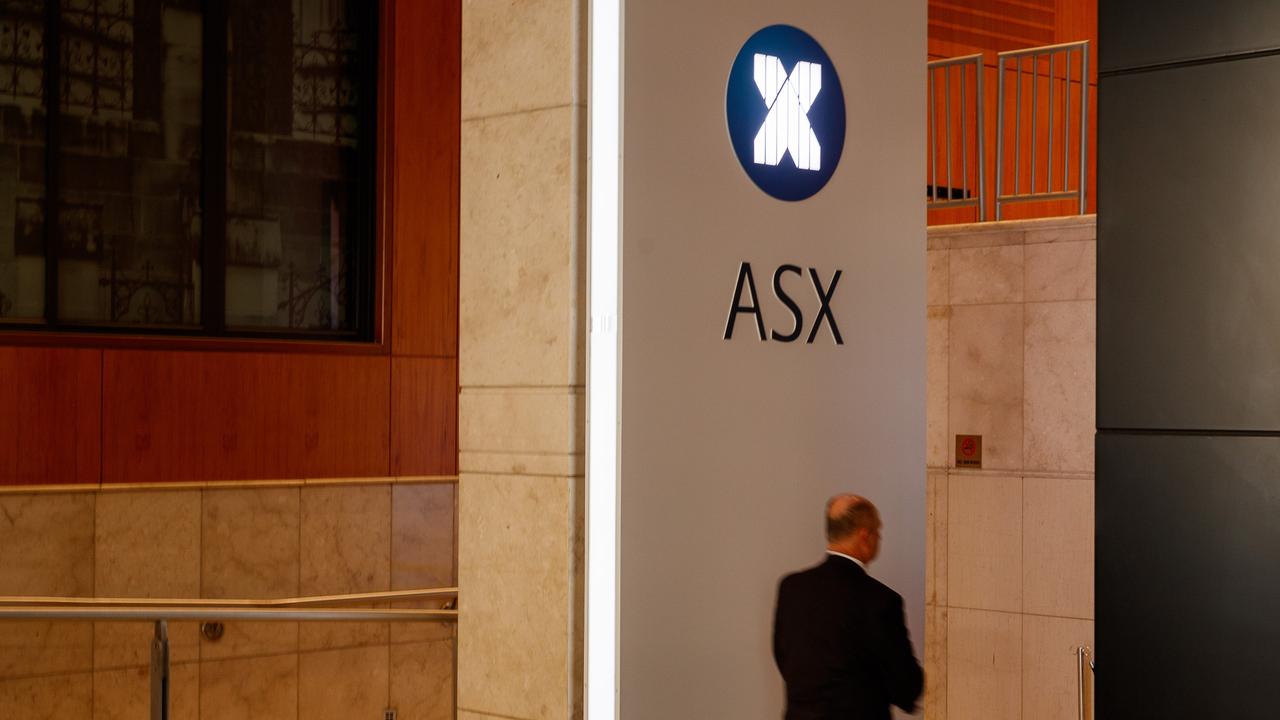RBA may skip an August rate rise – but keep the champagne on ice
Better-than-expected inflation figures and soft June retail data will probably see the RBA board meeting eschew a rise in the policy rate when it meets on Tuesday.

Last Wednesday’s better-than-expected consumer price index release and Friday’s soft June retail data will probably see the RBA board meeting eschew a rise in the policy rate when it meets on Tuesday.
That is not to say there is a prosecutable case for a policy rate rise, but more so that the RBA would be unwilling to pursue it. That prosecutable case is based on conjecture on how the recent Fair Work Commission (FWC) wage decision impacts labour cost growth and inflation in the second half of 2023.
For the time being, however, with the RBA’s favoured trimmed-mean measure of inflation tracking better than forecast back in May, and with some apparent anxiety from Martin Place regarding a slowing in activity growth, the RBA will judge that the optimal approach would be to allow it time to assess the state of the economy and associated risks.
That is not unreasonable.
But I would also expect the RBA to keep its options open regarding the prospect of future policy rate increases.
For one thing, inflation is still elevated. For another, Wednesday’s CPI release predates the FWC decision. That decision is likely to see inflation in Australia exhibit a greater degree of “stickiness” than in other developed country jurisdictions.
Even with forecast of tepid growth, the most recent quarterly Statement on Monetary Policy (SoMP) does not forecast inflation getting back to the top of the 2-3 per cent target range until mid-2025. That reflects an unusually high tolerance of inflation compared to other developed country central banks.
The FWC wage increases are digestible in times of reasonable productivity growth, but the most recent national accounts showed productivity growth at an abject -4.5 per cent over the past year, and unit labour cost growth (the most relevant labour cost gauge for inflation) is at a whopping 7.9 per cent – and this was before the FWC decision.
The RBA has stated in the past that “at the aggregate level, wages growth is still consistent with the inflation target, provided that productivity growth picks up.”
That is a big “if”!
Recent changes in the regulatory environment, particularly in relation to the wage-setting and the industrial relations framework, run the risk of entrenching higher inflation in Australia compared to elsewhere, particularly as it weakens the link between productivity improvements and real and nominal wage growth.
These are domestic developments that should be of ongoing concern to the RBA as it wrestles with an already forecast elongated return of inflation to target.
As the RBA governor has mentioned, the path between the vanquishing of inflation and avoiding a recession, or at least a sharp growth slowdown, is a narrow one. The FWC decision and the “unintended consequences” of labour regulation may make that path an even narrower one.
The RBA has also been a “laggard” when it comes to tightening and where Australia’s relative inflation performance has been slipping. This is true even after the better June quarter inflation report.
Despite a markedly better inflation performance both the Federal Reserve and the Bank of Canada have chosen to tighten further.
In one sense, given some lingering anxiety over inflation and its apparent “stickiness”, that is not surprising.
However, what might surprise some Australian observers is how much lower US and Canadian trimmed-mean inflation is at 4.9 per cent and 3.7 per cent respectively (compared with 5.9 per cent in Australia) and how high the policy rate went to get it there (a target of 5.25 to 5.5 per cent in the US and a target of 5 per cent in Canada, versus the current 4.1 per cent in Australia).
As I have noted previously, there are also global structural currents that make elevated developed country inflation rates more “sticky”.
The globalisation of labour supply (after the fall of the Berlin Wall and the “export” of labour from large emerging market economies such as China and India) is abating; globalisation of goods markets is in retreat as governments everywhere introduce protectionist measures under the guise of “industrial policy” and “national champions”; domestic regulation of markets is increasing in scope (leading to upward price pressures); and baby boomer workforce participation is declining (limiting labour supply and lifting wages).
To be fair, Australia’s high immigration rate somewhat mitigates these influences over the longer term but won’t eradicate them.
Indeed, in the short term, pressure on housing rents from immigration may tip inflation risks the other way.
The forgoing leads me to conjecture that barring an unforeseen rebound in productivity growth, the policy rate will need to be in the “high 4s” to bring inflation back to the 2-3 per cent target zone within an acceptable time frame while at the same time minimising the dislocation in activity growth and employment. That implies another two 25 basis point policy rate increases between now and the year-end.
So, if as seems probable the RBA “skips” August, mortgagees would be well-advised to keep the champagne on ice.
Stephen Miller is an investment strategist at GSFM





